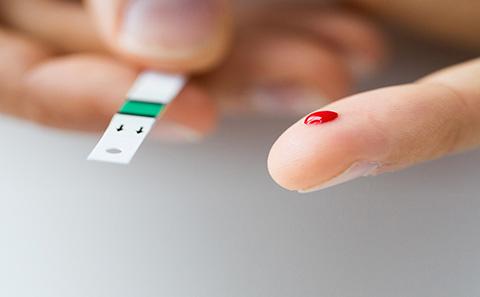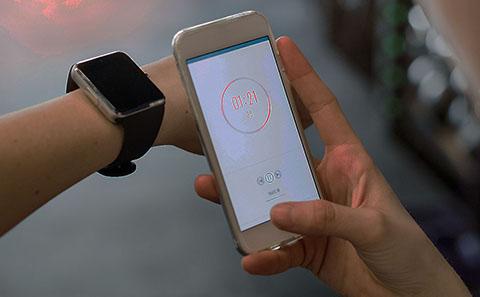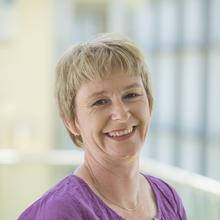Saving lives by enhancing CPR training
Our students are improving life-saving training practices by trialling new technologies
Cardio-pulmonary resuscitation (CPR) is an essential life-saving skill. Research involving our student nurses is informing how new technologies can be used effectively in CPR training programmes – in Southampton and beyond.
A Southampton-based team of healthcare researchers, including 23 student nurses, have been working with computer scientists from the German Centre for Artificial Intelligence on the SMART Nurse trial. Over several weeks, they tested three new technologies designed to enhance CPR training: SMART watches to monitor the rate of compressions; SMART glasses that give feedback on depth of chest compressions; and a HoloLens headset giving CPR instructions via an augmented reality hologram.
As well as assessing how useful each of the technologies was in its own right during the SMART Nurse trial, the team also conducted a study to look at how best to incorporate technologies into existing CPR training sessions, to make training more engaging and effective.
“At the moment, every healthcare professional has to do an annual basic life support update. If we can improve this training by incorporating technologies that make it easier for people to practise their skills more frequently and add variety, this would save the NHS a lot of money,” says Dr Eloise Monger, Lecturer in Critical Care Nursing and project lead.
Improving CPR technique
In particular, Eloise and her team were interested in finding out the best way to combine traditional teaching methods and practical sessions using the technologies during a training course. To find out which combination works best, they carried out a randomised control trial with 50 participants (27 novices at CPR and 23 student nurses). The researchers measured how much the participants CPR technique improved when they practised using the HoloLens technology before the teaching session, compared with when the teaching session came first.
“We found that our participants CPR technique was significantly better when they had chance to try out the HoloLens before their teaching session,” says Eloise. “This is quite counterintuitive, and different to what we expected. It’s also really interesting because it gives us a better insight into when experiential and exploratory learning are most helpful.“
We are now using these insights in our own training: we encourage our students to have a go with the technologies much earlier in the training session and focus on the classroom teaching aspect afterwards.
Making an impact
As well as contributing to the study’s findings, our students have benefited from taking part in this research.
“Being involved in the project has been a valuable experience for me; it’s given me some great insights into what the future holds in my field, and given me a chance to have an input,” says Alastair Morris (BN Adult Nursing, third year).
Rachel Hallett, who is also in her third year of her BN Adult Nursing degree, adds: “It was very rewarding to see our feedback taken on board when the technologies were developed, and feeling that we had a direct impact.”
Eloise and her team are planning further research to look at whether healthcare professionals will engage with HoloLens technology during their CPR training, and whether this is a viable option to be added to NHS training programmes.
They will also be using some of the technologies in their own nursing courses for students at the University. “We are excited to be introducing 360-degree cameras and HoloLenses with augmented reality into our nursing courses,” she adds. These will fit alongside the technologies already available to our students, such as ‘Sim Man’, a computer-controlled mannequin that can simulate a whole range of conditions to hone clinical skills.
However, Eloise cautions against using technology for technology’s sake: “The tech is only as good as what the users can achieve with it at the end of the day: it needs to be used for the right reasons and it needs to be measured. I strongly believe it’s vital to conduct research first, to assess how beneficial a technology will be before adopting it, and this is our approach here at Southampton.”
Related Staff Member
You may also be interested in

Improving diabetes management and prevention
Leading research to manage and prevent diabetes, and investigating its links with mental health and recovery from cardiac surgery.

Reducing the size of the obesity problem
Researchers at Southampton are helping people to lose a clinically important amount of weight – five per cent – sufficient to halve the incidence of diabetes.
